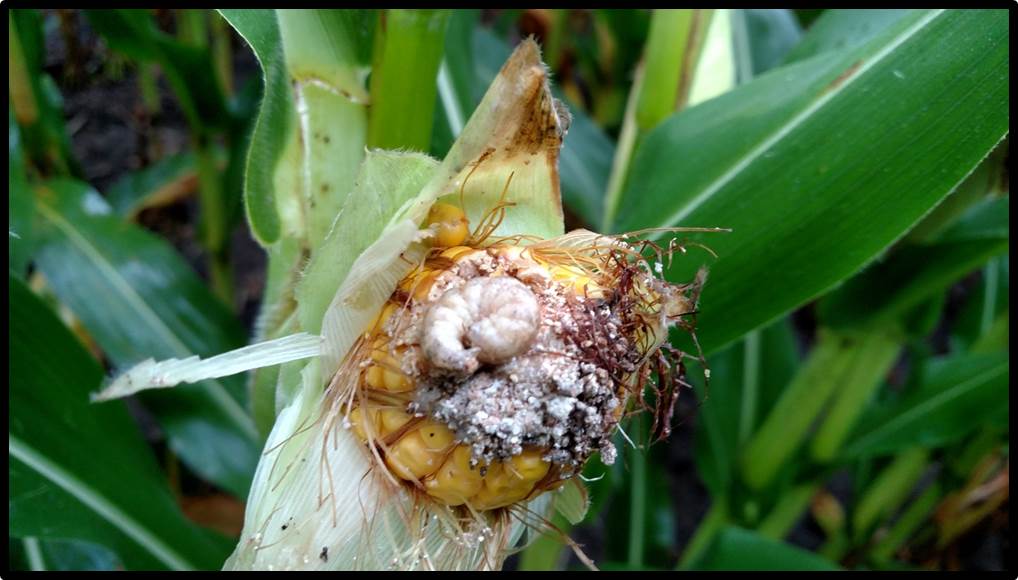As winter approaches, there are some key points to keep in mind when caring for pre-weaned calves. Just like you and I, calves do not prefer to be out in the cold temperatures, so it is essential to have adequate nutrition and proper calf care techniques to ensure sufficient growth and a strong immune system throughout the winter months. As winter approaches, there are some key points to keep in mind when caring for pre-weaned calves. Just like you and I, calves do not prefer to be out in the cold temperatures, so it is essential to have adequate nutrition and proper calf care techniques to ensure sufficient growth and a strong immune system throughout the winter months.
Nutrition
When looking at calf nutrition during winter, it is key to remember how the calf utilizes the energy it consumes. The energy will first go towards maintaining body condition and keeping warm. Secondly, it is used towards immune function and fighting off diseases. Thirdly, if there is any energy and calories left over it is used towards growth. The standard growth goal for calves is to double their birth weight by 56 days of age. As you can see with these cold temperatures arriving soon, it is crucial to have a solid nutrition plan in place, so you can meet your calf growth goals.
Whether you are feeding pasteurized milk or milk replacer, a good rule of thumb is feeding 3-4 quarts of milk at each feeding, but it is important to remember to be consistent when you choose the volume to feed. Consistency is key regarding time of day fed, percent of milk solids at each feeding, and volume fed. Regarding milk replacer, a 26:20 protein to fat ratio will provide a good plain of nutrition to keep those calves growing throughout the winter. For pasteurized milk users, if you are concerned with the protein to fat ratio in your milk, consult with your nutritionist about getting a solids test done on your milk and considering adding pasteurized milk balancing if that would be appropriate for your situation. Pasteurized milk balancer helps fill the protein to fat ratio gaps to ensure calves get the proper nutrition they need.
 Another important aspect to consider is the temperature of your milk when it’s given to the calf. A calf should consume its milk at 102-105˚ F. Travel time from the mixing location to the calf and outside temperatures should always be considered. It is a good idea to occasionally take the temperature of your milk using a thermometer when it reaches your calf. That way you can get a benchmark at where you are at and if adjustments should be made to achieve the correct temperature of 102-105˚ F.
Another important aspect to consider is the temperature of your milk when it’s given to the calf. A calf should consume its milk at 102-105˚ F. Travel time from the mixing location to the calf and outside temperatures should always be considered. It is a good idea to occasionally take the temperature of your milk using a thermometer when it reaches your calf. That way you can get a benchmark at where you are at and if adjustments should be made to achieve the correct temperature of 102-105˚ F.
Another important nutritional aspect to consider is starter quality. I would recommend a 20% or 22% for a sufficient protein amount. When choosing a starter, it is not only important to choose the correct protein percentage, but also to have the correct balance of the other essential nutrients as well. Your nutritionist can assist you with this. One thing to watch with starter during the winter is molasses content. Molasses provides energy and flavor, but too much of it can cause the starter to freeze in the bag or become compacted in the pail. This will limit how accessible the starter is for the calf; thus, limiting what it can consume. You want the calf to have access to starter at all times, especially with the approaching season.
Another nutrient a calf should always have access to is water. A hydrated calf will be able to regulate its body temperature much easier than a dehydrated calf. It will have more water in the blood stream, which will increase the volume of blood able to circulate heat throughout the calf’s body. Water consumption also increases starter intake meaning the calf consumes more calories to aid in keeping them warm. In addition to adequate nutrition, there are some management techniques that will greatly assist your calves to be successful during these coming months.
Maternity Pen
A calf’s life begins in the maturity pen. Likewise, this is also the place that can either give the calf a good start or provide obstacles for the calf to overcome. The cleanliness of the maternity pen is critical for a calf’s success. Disinfection with chlorine dioxide and new bedding in between each calving will greatly help eliminate harmful pathogens that could cause the calf difficulties from the start. It is much easier to carry out actions for a prevention plan than it is to fight an uphill battle once complications arise because a plan wasn’t in place from the start. These complications will only greaten the stress on the calf during these already difficult winter months.
Vaccinations
Keeping the cows up to date on vaccinations will also assist in the calf’s health. The antibodies that a cow has are also transferred to her offspring. The colostrum that is given to the calf shortly after birth is one of the ways these antibodies get from the cow to the calf. Once ingested by the calf, the antibodies coat the gut of the calf and help it ward off diseases. One gallon of colostrum should be given to the calf within two hours of birth and another two feedings later on for it to the have most positive impact on the calf’s health. As mentioned before, the less energy the calf must put towards immune function, the more it can utilize for growth and becoming a productive and profitable animal in your herd. Just like your cows, it is critical to keep your calves up to date on vaccinations. This will help them have a stronger immune system and fight diseases easier. The fewer stresses a calf endures the better it will be able to weather the cold temperatures of winter more successfully without compromising growth.
Housing
The two ways calves are generally housed are in group or individual hutches and calf barns. No matter the system, it is important that the calves have a wind block, especially from the north winds. However, one also needs to keep in mind that a proper ventilation system is needed to reduce the risk of respiratory infections and to keep cold drafts at a minimum. An effective ventilation system is unique for each calf raising facility. Specific questions about ventilation on your farm can be directed to your local calf and heifer specialist.
 Another element that is vital to consider is how the calf’s living space is bedded. Straw is a highly-recommended bedding source for warmth; however, it does a poor job at absorbing moisture. Even though shavings contribute dust, they absorb moisture very well. If your calves are housed on cement, a layer of shavings, topped with a good amount of straw will allow for absorption and the calf can nest within the straw. Some calf barns or hutches have gravel, dirt, or sand bedded areas. In these cases, a good amount of straw to permit the calf to nest should be sufficient. In extreme temperatures or with newborn calves, calf jackets can be worn to ensure the calf keeps warm. Washing the jackets in between each calf is a good practice to use to help reduce disease transmission.
Another element that is vital to consider is how the calf’s living space is bedded. Straw is a highly-recommended bedding source for warmth; however, it does a poor job at absorbing moisture. Even though shavings contribute dust, they absorb moisture very well. If your calves are housed on cement, a layer of shavings, topped with a good amount of straw will allow for absorption and the calf can nest within the straw. Some calf barns or hutches have gravel, dirt, or sand bedded areas. In these cases, a good amount of straw to permit the calf to nest should be sufficient. In extreme temperatures or with newborn calves, calf jackets can be worn to ensure the calf keeps warm. Washing the jackets in between each calf is a good practice to use to help reduce disease transmission.
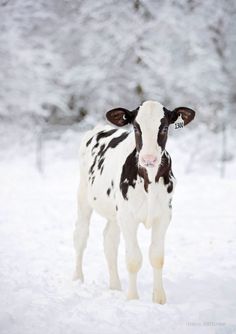 Using these techniques for nutrition and calf care will help ensure that your calf program continues to be successful during the upcoming winter months. It is important to remember that these calves are your future. There is only one opportunity to raise them correctly, which shapes them into the cows that they will become in your herd. The Allied Cooperative nutrition team would be happy to answer any questions you may have.
Using these techniques for nutrition and calf care will help ensure that your calf program continues to be successful during the upcoming winter months. It is important to remember that these calves are your future. There is only one opportunity to raise them correctly, which shapes them into the cows that they will become in your herd. The Allied Cooperative nutrition team would be happy to answer any questions you may have.
Have a wonderful holiday season!
By Katie Murphy







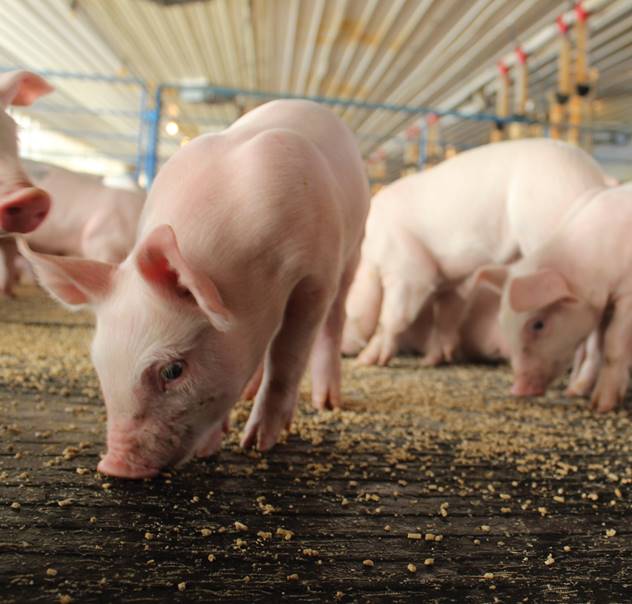 Ambitine™ technology is a blend of key plant extracts and acidifiers that support gut integrity and help support feed intake. Ambitine® supports gut integrity by helping to protect villi during periods of stress. The technology continues to take action reducing gut pH, stimulating secretion of digestive enzymes, supporting gut integrity, supporting immune-competence, and promoting a desired gut microflora balance. As we know, show pigs certainly have ample amounts of stress due to purchasing, new environment, feeding systems, transporting, washing, clipping, and exercising, so the addition of Ambitine™ to the Honor Show Chow Pig Feeds will be a great Addition. It can now be found in 209, 309, 509, 709, 809 and FINALE 909 .
Ambitine™ technology is a blend of key plant extracts and acidifiers that support gut integrity and help support feed intake. Ambitine® supports gut integrity by helping to protect villi during periods of stress. The technology continues to take action reducing gut pH, stimulating secretion of digestive enzymes, supporting gut integrity, supporting immune-competence, and promoting a desired gut microflora balance. As we know, show pigs certainly have ample amounts of stress due to purchasing, new environment, feeding systems, transporting, washing, clipping, and exercising, so the addition of Ambitine™ to the Honor Show Chow Pig Feeds will be a great Addition. It can now be found in 209, 309, 509, 709, 809 and FINALE 909 .
 Another important aspect to consider is the temperature of your milk when it’s given to the calf. A calf should consume its milk at 102-105˚ F. Travel time from the mixing location to the calf and outside temperatures should always be considered. It is a good idea to occasionally take the temperature of your milk using a thermometer when it reaches your calf. That way you can get a benchmark at where you are at and if adjustments should be made to achieve the correct temperature of 102-105˚ F.
Another important aspect to consider is the temperature of your milk when it’s given to the calf. A calf should consume its milk at 102-105˚ F. Travel time from the mixing location to the calf and outside temperatures should always be considered. It is a good idea to occasionally take the temperature of your milk using a thermometer when it reaches your calf. That way you can get a benchmark at where you are at and if adjustments should be made to achieve the correct temperature of 102-105˚ F. Another element that is vital to consider is how the calf’s living space is bedded. Straw is a highly-recommended bedding source for warmth; however, it does a poor job at absorbing moisture. Even though shavings contribute dust, they absorb moisture very well. If your calves are housed on cement, a layer of shavings, topped with a good amount of straw will allow for absorption and the calf can nest within the straw. Some calf barns or hutches have gravel, dirt, or sand bedded areas. In these cases, a good amount of straw to permit the calf to nest should be sufficient. In extreme temperatures or with newborn calves, calf jackets can be worn to ensure the calf keeps warm. Washing the jackets in between each calf is a good practice to use to help reduce disease transmission.
Another element that is vital to consider is how the calf’s living space is bedded. Straw is a highly-recommended bedding source for warmth; however, it does a poor job at absorbing moisture. Even though shavings contribute dust, they absorb moisture very well. If your calves are housed on cement, a layer of shavings, topped with a good amount of straw will allow for absorption and the calf can nest within the straw. Some calf barns or hutches have gravel, dirt, or sand bedded areas. In these cases, a good amount of straw to permit the calf to nest should be sufficient. In extreme temperatures or with newborn calves, calf jackets can be worn to ensure the calf keeps warm. Washing the jackets in between each calf is a good practice to use to help reduce disease transmission. Using these techniques for nutrition and calf care will help ensure that your calf program continues to be successful during the upcoming winter months. It is important to remember that these calves are your future. There is only one opportunity to raise them correctly, which shapes them into the cows that they will become in your herd. The Allied Cooperative nutrition team would be happy to answer any questions you may have.
Using these techniques for nutrition and calf care will help ensure that your calf program continues to be successful during the upcoming winter months. It is important to remember that these calves are your future. There is only one opportunity to raise them correctly, which shapes them into the cows that they will become in your herd. The Allied Cooperative nutrition team would be happy to answer any questions you may have.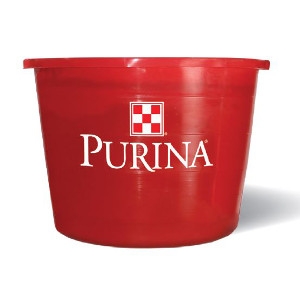 challenges our cattle may experience. During any of these stressors, we know from experience that cattle will react by reducing feed and water intake, which is the foundation piece for the decline in animal health. However, when an animal’s rumen is functioning optimally, it has the right balance of microbiota in a stable pH environment to digest feed more efficiently, making more energy, protein, and other nutrients available for the animal; which will result in improvements in production and overall health.
challenges our cattle may experience. During any of these stressors, we know from experience that cattle will react by reducing feed and water intake, which is the foundation piece for the decline in animal health. However, when an animal’s rumen is functioning optimally, it has the right balance of microbiota in a stable pH environment to digest feed more efficiently, making more energy, protein, and other nutrients available for the animal; which will result in improvements in production and overall health. I checked my rain gauge yesterday morning at 6:00am and dumped out 5.5 inches of rain. That is another 5.5 inches that we did not need. Area growers are anxious to start soybean harvest and finish up corn silage. But mother nature has other ideas for us. See the attached photo I took this morning on my way into work. This soybean field, just south east of Mauston has the headlands harvested, but it will be a while before the rest of the field will be dry enough to bring the combines in again. I keep praying for a stretch of warm, sunny, dry weather to help firm up our fields so harvesting can continue. I talked to one area farmer earlier in the week and he predicted that a lot of corn will get harvested in January. That is we will have to wait for a hard, deep frost to allow harvesting on some of these fields. I will keep asking for sunshine, in the meantime please be safe when dealing with less than ideal field conditions.
I checked my rain gauge yesterday morning at 6:00am and dumped out 5.5 inches of rain. That is another 5.5 inches that we did not need. Area growers are anxious to start soybean harvest and finish up corn silage. But mother nature has other ideas for us. See the attached photo I took this morning on my way into work. This soybean field, just south east of Mauston has the headlands harvested, but it will be a while before the rest of the field will be dry enough to bring the combines in again. I keep praying for a stretch of warm, sunny, dry weather to help firm up our fields so harvesting can continue. I talked to one area farmer earlier in the week and he predicted that a lot of corn will get harvested in January. That is we will have to wait for a hard, deep frost to allow harvesting on some of these fields. I will keep asking for sunshine, in the meantime please be safe when dealing with less than ideal field conditions. Yesterday morning we saw scattered showers hit the area. By yesterday afternoon we had some severe storms hit our northern trade area. My daughter’s cross country meet was cut short last night due to severe weather. (See photo of storm front moving in on Nekoosa.) They got 5 minutes into the race and the storm sirens went off in Nekoosa, pretty scary for
Yesterday morning we saw scattered showers hit the area. By yesterday afternoon we had some severe storms hit our northern trade area. My daughter’s cross country meet was cut short last night due to severe weather. (See photo of storm front moving in on Nekoosa.) They got 5 minutes into the race and the storm sirens went off in Nekoosa, pretty scary for 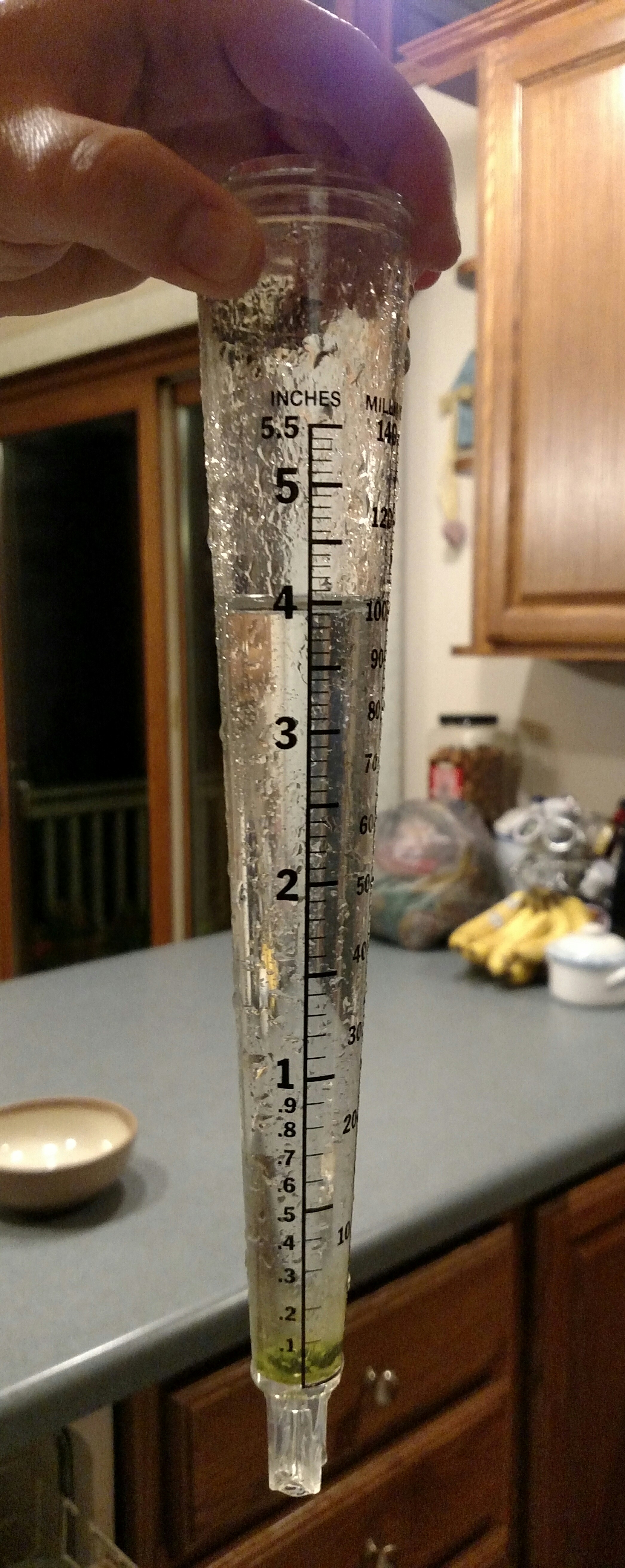 a group of middle school students. I followed their bus back to Mauston, and from Nekoosa to New Miner we only traveled at 30 miles per hour due to the lack of visibility from the heavy rains.
a group of middle school students. I followed their bus back to Mauston, and from Nekoosa to New Miner we only traveled at 30 miles per hour due to the lack of visibility from the heavy rains.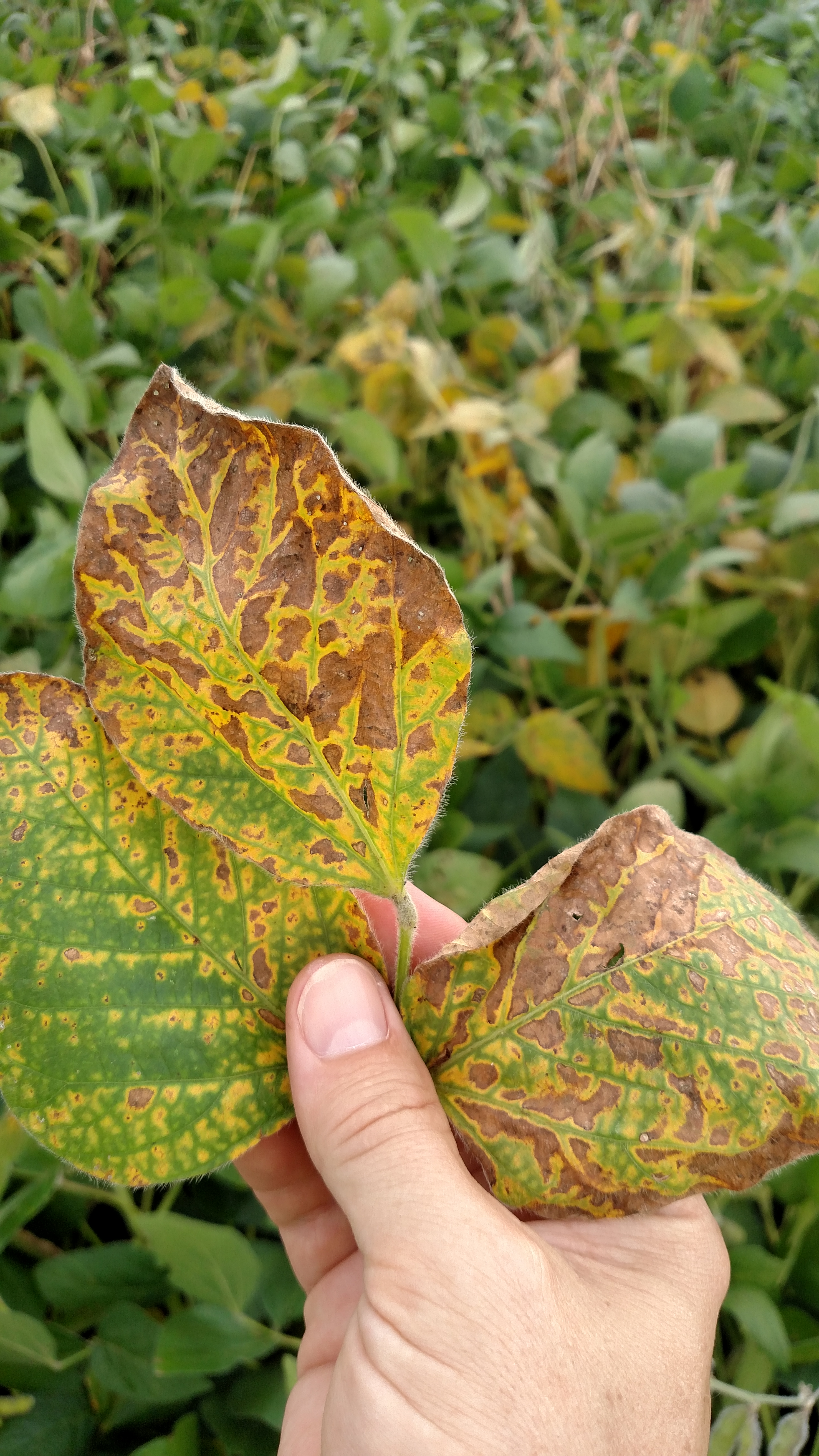 rtant that you ID this disease now. This way you can plan to manage for this disease for the 2017 crop season. In a few short weeks we will not be able to see the symptoms of this disease. It often gets confused with BSR (Brown Stem Rot). With BSR the pith, or the inside of the stem is brown, in SDS it stays clear or white in most cases.
rtant that you ID this disease now. This way you can plan to manage for this disease for the 2017 crop season. In a few short weeks we will not be able to see the symptoms of this disease. It often gets confused with BSR (Brown Stem Rot). With BSR the pith, or the inside of the stem is brown, in SDS it stays clear or white in most cases.